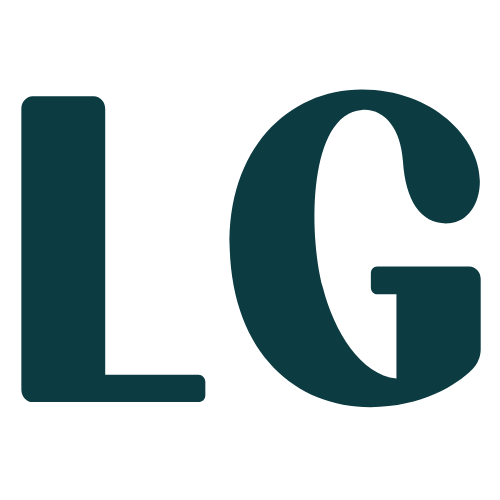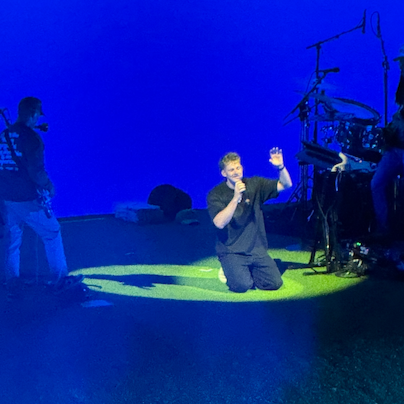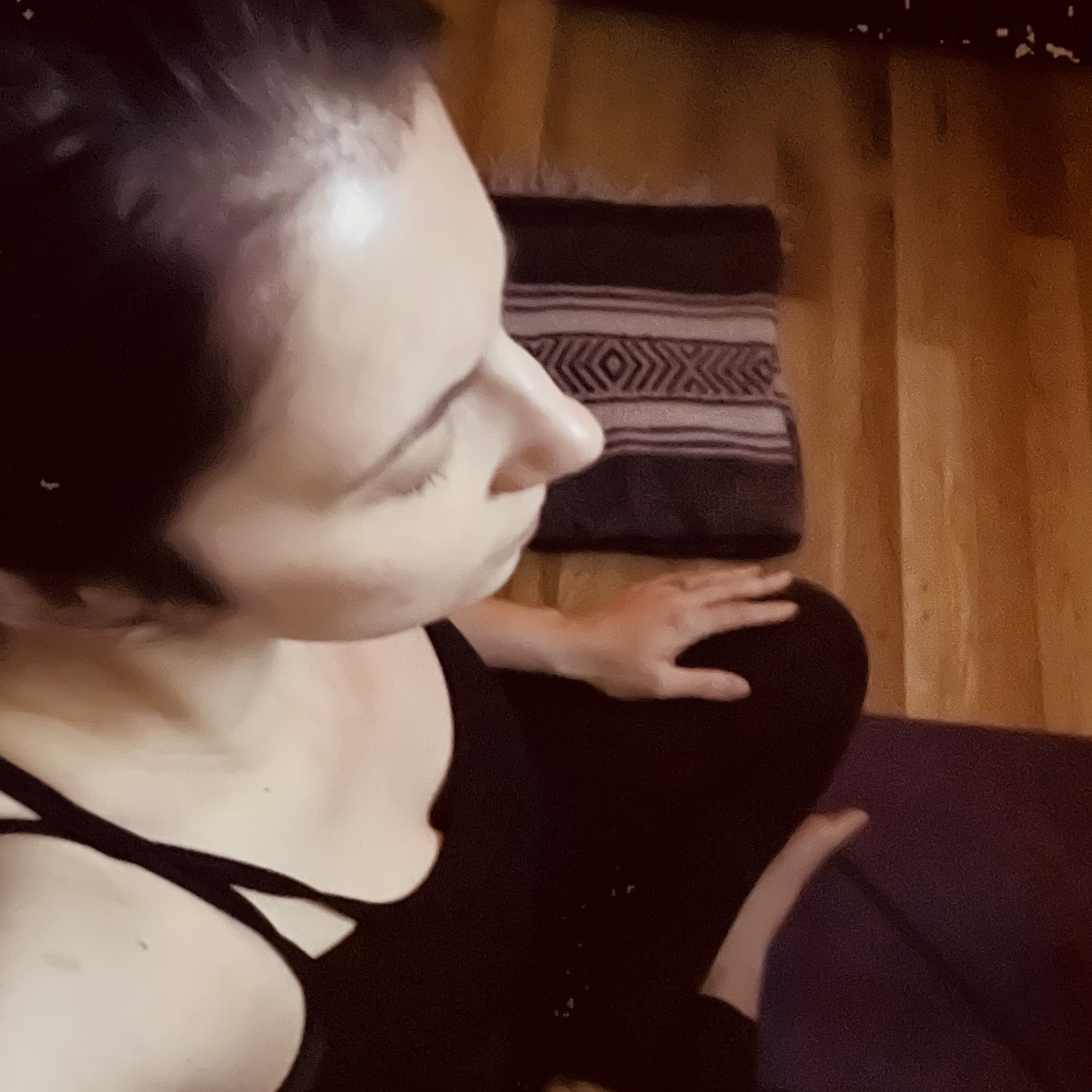The History of Christianity
As you may know, I’ve been in my Master’s degree program with Barclay Bible College since August 2022. Over the last year and a half, I’ve developed a more solid foundation for defending my faith (1 Peter 3:15). I can communicate my beliefs and why I believe them more effectively than I could before—more on that in a later reflection.
Today, I’d like to share with you one class that particularly intrigued me: The History of Christianity. The picture of a fire hose unleashing on me might be a bit of a cliché, but when you learn 2000+ years of church and doctrinal history in 6 weeks, this is precisely what it feels like! But, similar to the practice of reading the Bible in a year, the rapid pace helps me keep the overarching historical picture in view without getting bogged down with the minutia.
Here is a brief overview of what we covered. I couldn’t possibly cover everything in this short post, but these are some of the highlights. At the end, I offer some additional thoughts as to what we are to do now with this information.
Week 1: The Primitive Christian Church (6 BC-312 AD)
After Jesus ascended into heaven, he left behind his band of disciples. They were unsure of what would come next until they were huddled in an upper room. At that time, the Holy Spirit poured out on what is known as Pentecost. At first, the Way was simply considered a sect of Judaism. This assumption kept them mostly out of trouble with the Roman government. However, when the Jewish leaders renounced the Way of Christ, the Roman government could no longer look the other way. Their "different" way of life was an ethos against the life of a pagan because of their sanctity for life, their quest for purity, and their refusal to worship Caeser as Lord. We learned about the persecution of emperors Nero, Domitian, and Diocletian. Polycarp and Ignatius of Antioch were two of of the key theologians of this time.
Week 2: Defining & Defending Christian Truth (312-590)
On October 28, 312, as Constantine was headed into battle, he saw a cross in the sky, and the words "In this sign conquer" were revealed to him. He conquered and became a Christian, changing the trajectory of church history forever. Nearly immediately, he banned all persecution, made bishops civil servants and church and state became almost inseparable. This led to many "Christians" who were politically driven, making for many shallow followers. During this time period, St. Augustine became a key voice in the fundamental doctrines. Doctrinal creeds established include the Nicene Creed, the Athanasian Creed, and the Chalcedonian Creed. It was during the Christian Roman Empire that the church had its first major division into the Roman Catholic church in the West and the Greek Orthodox church in the East.
Week 3: The Middle Ages (590-1517)
After a plague took the life of the pope, Gregory became Pope Gregory I in 590. He upheld orthodoxy and wrote Pastoral Care, a reminder of both the care of the inner life and the external cares a pastor is consumed with. In 799, Pope Leo III crowned Charles the Great (Charlemagne) emperor, restoring the Christian Roman Empire-Christendom. The expanse of the empire was too great, giving way to feudalism, and because of the church-state relationship, the church could not escape its participation in it. With the creation of the College of the Cardinals, which elected popes from 1059 on, the papacy was removed from secular interference. It was Hildebrand who led this papacy reform. Key voices include John Wyclif and John Hus were some of the early voices to oppose the visible organization that was understood as "church" on earth.
The Crusades are worth noting as well. Islam started in 570 with the prophet Muhammad. By the eighth century, half of all Christians lived under Islamic rule. The crusades to take back the geographic area, while partially attributed to Christian conquest, were more likely to take back the land they had lost. Persecution of the Christians ramped up in the eleventh century. In 1095, Alexius I appealed for help, and Pope Urban II declared the First Crusade, with six more major crusades through the end of the thirteenth century.
Week 4: Reformation, Reason, & Revival (1517-1789)
This is when we see the Protestant movement enter history. Martin Luther was angered by Dominical John Tetzel, who was collecting indulgences to fund the building of St. Peter's Basilica. Luther posted ninety-five propositions for debate on the Castle Church door on October 31, 1517. In June 1520, Pope Leo X issued his bull against Luther, and Charles V declared Luther an outlaw. We see the establishment of the Lutherans, Anabaptists, Calvinism, and the Church of England. Additionally, the Catholic Reformation came later through Ignatius Loyola, marked by Pope Paul III's approval in 1540 of the Society of Jesus. William Tyndale was a pioneer in the translation of the Bible. Other key reformers include George Fox, George Whitefield, and John Wesley.
Week 5: The French Revolution & American Church History (1789-1914)
The French Revolution on July 14, 1789. The goal was "Liberty, Equality, and Fraternity." Because the Church of Rome was so much a part of the old way, revolutionaries drove out tens of thousands of priests to be exiled. When Napoleon seized power, he made an agreement with the pope called the Concordat of 1801.
With the influence of the Mayflower Compact, William Penn, and Thomas Jefferson, the United States government, especially concerning its relationship with the church, established a system where both government and church could coexist and thrive.
There was a rise in social reform efforts driven by the Evangelical movement. William Wilberforce contributed to abolishing the slave trade through Parliament on February 23, 1807, and emancipation throughout the British Empire on July 25, 1833. William Carey is considered the Father of Modern Missions, converting to faith in 1783, publishing An Enquiry into the Obligation of Christians to Use Means for the Conversion of the Heathen in 1792, and traveling to India as a missionary with his family in 1793. Another notable missionary is David Livingstone, who was known for his work in Africa. The Industrial Revolution brought many opportunities for social reform in the light of poverty, poor working conditions, and child labor. Christian orphanages were started by George Müller, Charles Haddon Spurgeon, and T.B. Stephenson. Friedrich Schleiermacher and Albrecht Ritschl were both German theologians who sought to rehabilitate religion among intellectuals.
Week 6: The Postmodern Paradigm Shift (1914-present)
There are three post-Christian ideologies: nationalism, Communism, and individualism. When the Nazis rose to power, they were the epitome of totalitarianism and fascism. Christians under Hitler's regime suffered the same potential fate as Jews. A group of ministers formed the Confessing Church to counter the German Christian movement. Karl Barth is mainly responsible for writing the Barmen Declaration and defining their theological convictions. In Russia, the Russian Bolsheviks created another totalitarian system. When Lenin died in 1924, Stalin took over as ruler after a power struggle. In 1929, the state put strict limits on the activities of churches, limiting or denying them any influence on Russian society.
Post-WWII, evangelical Christianity returned with prominence in America. Billy Graham was a key figure during this time. In the 1976 presidential campaign, Jimmy Carter's evangelical faith was brought in as a significant component in the campaign following the Nixon scandal. This brought the old-time religion into new life once again. But over the past 50 years, Christianity has continued to decline. Today, alternative spiritual practices are taking rise. The rise of "The Nones" claim spirituality but no particular religious tradition.
So what do we do?
I believe history for the sake of knowledge is not helpful. Sure, it may be entertaining to read about what was or what happened. But if we do nothing with this, then we have failed to utilize the past to inform the future.
The history of the church is a topic that has become of increasing interest to me over the last few years. I have a deep respect and love for the body of Christ. It also saddens me the church is not thriving. It communicates to me that we (those who call ourselves Christians) are missing the mark if the world around us can’t see the light of Jesus shining through us.
What can we learn from the past to inform our future? This is what I hope to explore in the coming months and years. If you’d like to explore with me, be sure to subscribe. As I said at the beginning of this post, I’ve been in pretty intense school mode! I’ll be getting back to regular newsletters in the coming weeks.
My Textbook
If you are interested to do a deep dive on the history of Christianity, this is the textbook we read through.
Church History in Plain Language by Bruce Shelley.
A little about my professor
Dr. John Knox has e a Ph.D. in Theology & Religion (Sociology), an MA in Sociology, a M.A.T.S. in Christian History & Thought, and two B.A. degrees in History and English. He is also 3 classes away from finishing another MA in Psychology. He is a self-proclaimed nerd!
He has taught Bible, Sociology, Psychology, History, Philosophy, Ethics, Theology, English, First Year Seminar, and Racquetball for several universities on the East & West coasts since 2003.
He also has published sixteen books to date, as well as numerous encyclopedia entries, book reviews, and academic journal articles in his various fields of study.
To say that he knows what he’s talking about is an understatement and I feel it a great privilege to learn under Dr. Knox and my other professors through my degree.




